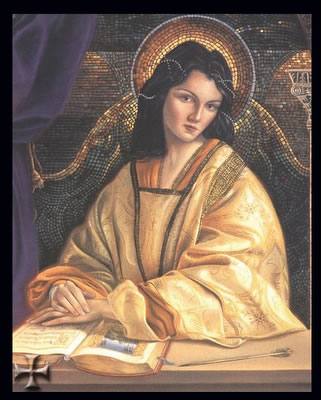 |
| A diagram of the heavy plough with mouldboard |
Someone devised a plough with two particular features: the coulter and the mouldboard. The coulter (#4 in the diagram) is a vertical cutting blade that cuts a furrow. That isn't enough, however. The mouldboard (#7) is a curved blade that turns a layer of earth over, exposing it and creating a deeper furrow than a scratch plough. Improvements in the smelting and shaping iron by 900 CE made the coulter, the chisel (#5), and the main share (#6) efficient so that the mouldboard could do its job properly.
When dragged through a field the coulter cuts down into the soil and the share cuts horizontally from the previous furrow to the vertical cut. This releases a rectangular strip of sod that is then lifted by the share and carried by the mouldboard up and over, so that the strip of sod (slice of the topsoil) that is being cut lifts and rolls over as the plough moves forward, dropping back to the ground upside down into the furrow and onto the turned soil from the previous run down the field. [link]A side-effect of this type of plough is that deep furrows are created that help drainage. If excessive water from spring rains can be diverted from fields rather than standing in pools, planting can take place earlier; a longer growing season results, less susceptible to water damage of seedlings.
Around the same time, Europe started experimenting with crop rotation. The practice of using a field every other year for a different purpose was already in place, but three-field crop rotation in which one field is left fallow began to create healthier crops and higher yields at harvest time.
I will not go as far as James Burke* does and say that everything comes from the plough—predictability of future crops, pottery because you need to store grain, writing because you need to make a potter's mark, weaving because you are growing flax, et cetera—but the development of the mouldboard plough literally made a dent in man's difficulties in growing food in European soil. It contributed to population growth and to other advances in technology and civilization.
*The inspiration for this post comes from memories of James Burke's groundbreaking Connections.






















